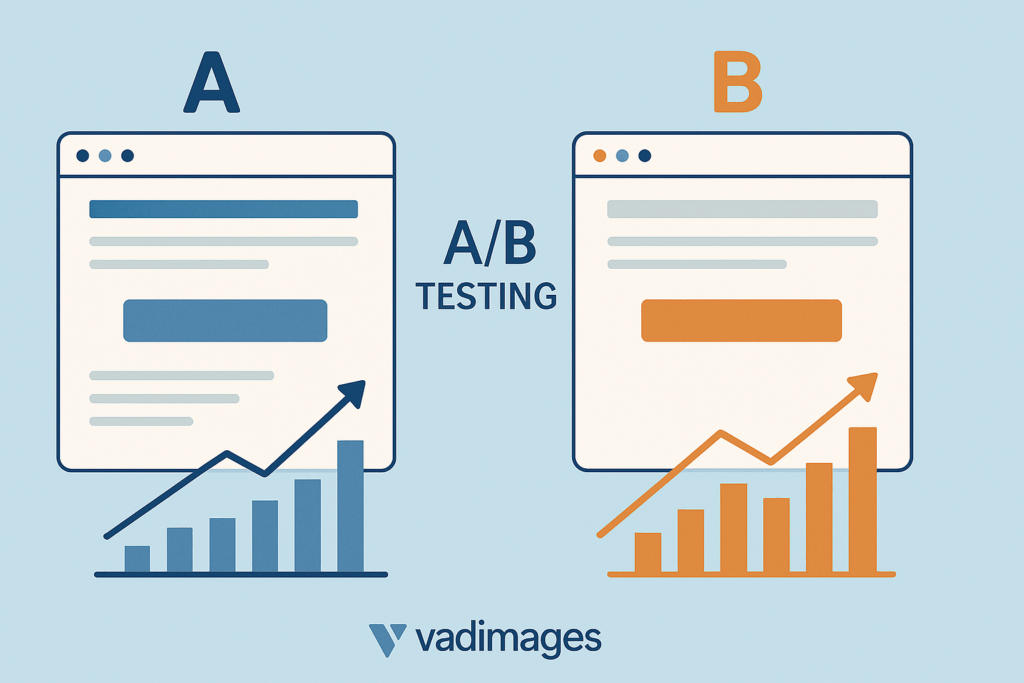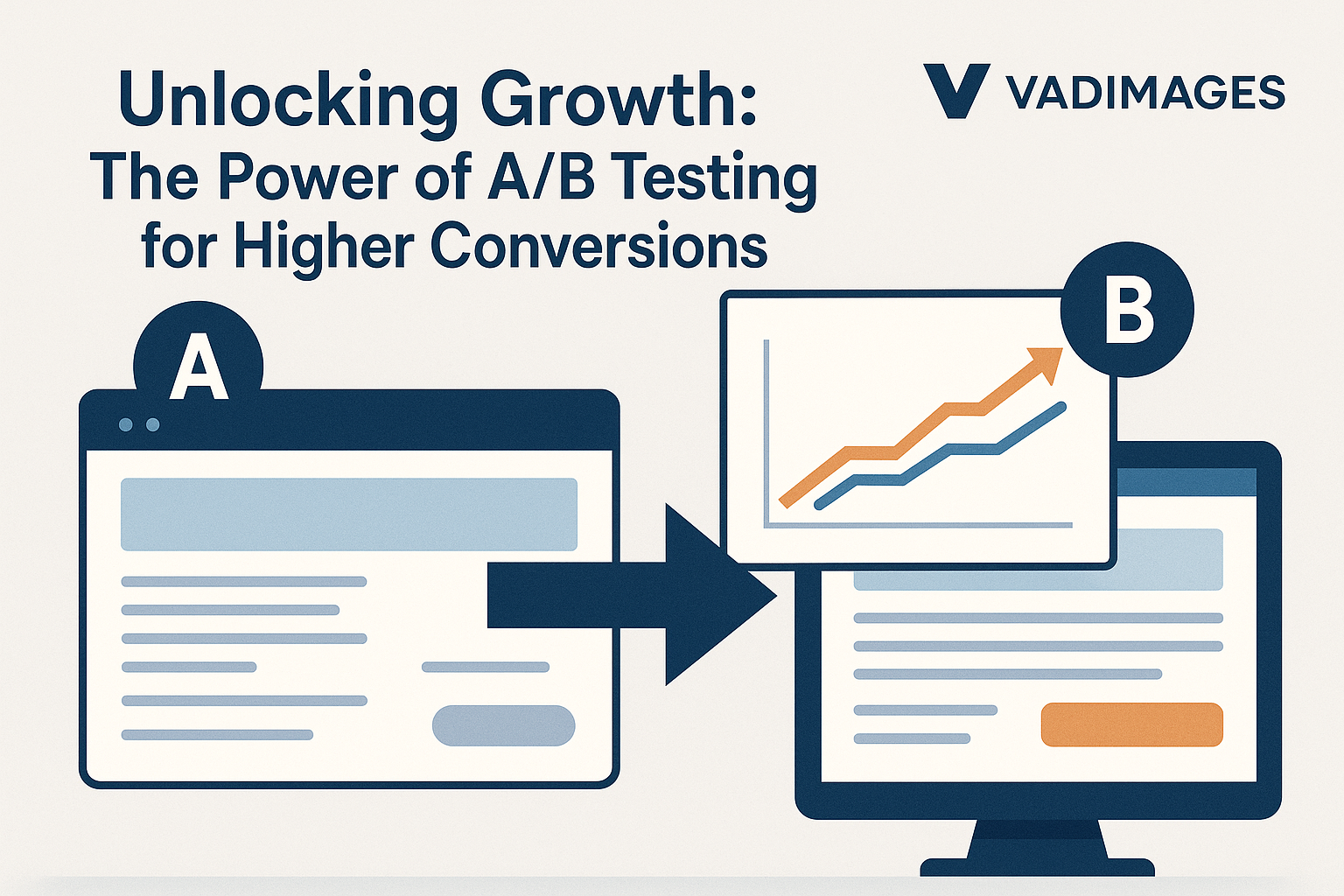The Science Behind A/B Testing: More Than Just Guesswork
Anyone who has ever managed a website or digital campaign knows that what looks great in a design file doesn’t always deliver results in the real world. Sometimes, changing a button from blue to green, tweaking a headline, or slightly altering the call to action can mean the difference between a visitor who bounces and one who converts. But how do you move from intuition or anecdote to evidence-based results? This is where A/B testing, sometimes called split testing, becomes an indispensable tool for any modern digital strategy.
A/B testing is the systematic process of comparing two versions of a web page, email, or interface element to determine which performs better in terms of a specific goal—usually conversions. By randomly splitting traffic between version A (the control) and version B (the variant), you can objectively measure the effect of a single change while controlling for outside variables. This method transforms web design from a creative gamble into a measurable, repeatable science. At Vadimages, we’ve seen firsthand how even seemingly minor design or copy tweaks can deliver outsized gains in lead generation, sales, and user engagement.

Why Small Changes Create Big Impacts
To the untrained eye, a headline swap or a slight adjustment to a call-to-action button might seem trivial. In reality, these small tweaks often create disproportionate improvements in user behavior. That’s because every aspect of a digital experience—the words you use, the colors you choose, the placement of a form—contributes to a user’s sense of clarity, trust, and urgency. For example, changing a CTA from “Submit” to “Get My Free Guide” can dramatically increase click-through rates by reducing friction and enhancing perceived value.
One of the most compelling aspects of A/B testing is its ability to validate or disprove assumptions. Rather than relying on the highest-paid person’s opinion or copying the latest trend, you let your own audience’s real actions guide decisions. It’s this evidence-based approach that allows leading brands to continually refine their messaging, layout, and offers for maximum impact. At Vadimages, we often encourage clients to test even the smallest elements—button colors, testimonial layouts, headline phrasing—because it’s often these micro-optimizations that add up to major revenue wins over time.

A/B Testing in Action: Steps, Strategies, and Pitfalls to Avoid
The process of running an effective A/B test involves more than just setting up a tool and waiting for results. It starts with a well-formed hypothesis based on data or user feedback. For instance, if analytics show that visitors abandon your checkout page at a high rate, you might hypothesize that reducing the number of form fields will improve completions. You then create two versions: the current layout and one with fewer required fields. By carefully splitting your traffic, tracking conversions, and running the test long enough to achieve statistical significance, you gain insights that aren’t just interesting—they’re actionable.
However, successful A/B testing also requires discipline. Changing too many variables at once muddies the results, while calling a test too early can produce false positives. It’s important to have patience, use reliable tracking, and understand that sometimes the “losing” version offers just as much insight for future improvements. At Vadimages, our web development and CRO specialists help clients not just set up tests, but interpret results in the context of their unique goals and user segments, ensuring that every test contributes to long-term growth.

The Vadimages Approach: Turning Testing Into Tangible Results
At Vadimages, A/B testing is not a one-off tactic—it’s an ongoing commitment to continuous improvement. Our philosophy is simple: every visitor is an opportunity, and every touchpoint is a testable moment. Whether you’re launching a new product, refining your lead generation funnel, or scaling up an e-commerce platform, our team brings deep expertise in both the technical and psychological sides of conversion rate optimization. We deploy industry-leading testing tools, integrate analytics directly with your backend systems, and deliver clear, actionable reports so you always know what’s working and why.
Beyond the numbers, Vadimages takes the guesswork out of digital growth by partnering closely with clients to develop hypotheses rooted in business goals and customer insights. We blend creative flair with scientific rigor, ensuring that every A/B test moves your brand forward. From web design and development to copywriting and UX, our solutions are tailored for your market—and always engineered for results. Ready to see what a single test could do for your bottom line? Let Vadimages show you how the smallest change can become your next big breakthrough.

Unlock your website’s true potential with Vadimages—your partner for smarter, faster, and higher-converting digital experiences.
Ready to start A/B testing that actually moves the needle? Contact Vadimages for a free consultation or case study tailored to your business!






